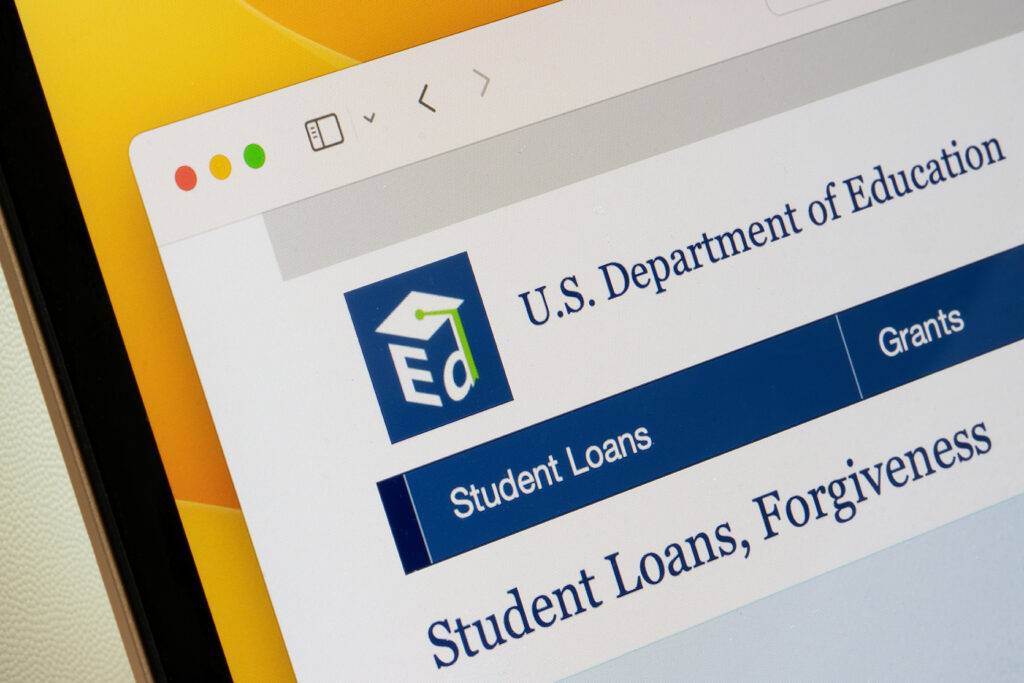
- |
- TaxByte
An estate deduction goes awry when the Eleventh Circuit determined that the deduction did not
5 min read
Boo! The 2025 Spooky Sale is here. Get dreadful deals across the digital catalog, seminars, credit packages, and more.

The U.S. Department of Education announced that its Office of Federal Student Aid (FSA) resumed collections on defaulted federal student loans beginning Monday, May 5th, 2025 (DOE Press Release Apr. 21. 2025). This marks the end of a collections pause that has been in place since March 2020.
A notable development is the growing trend of employers allowing employees to convert unused paid time off (PTO) into student loan payments. Companies like Goldman Sachs Ayco are pioneering this approach, leveraging provisions in the SECURE 2.0 Act of 2022.
When advising clients who participate in these programs, remember:
For your business clients implementing these programs:
Though Congress has not yet acted on further relief, ongoing bipartisan support for student loan repayment assistance programs may lead to expansions of tax-favored treatment. The IRS has issued limited guidance to date, but further clarity may come via Notices or Revenue Procedures.
Advisors should also monitor developments from the Department of Education and Treasury, especially around garnishment policies, hardship relief, and reporting standards.
The Department of Education is launching a communications campaign to help borrowers understand their options, including:
Information for borrowers seeking to exit default will be available at StudentAid.gov/end-default.
Subscribe to our news, analysis, and updates to receive 10% off your first purchase of an on-demand digital CPE course.